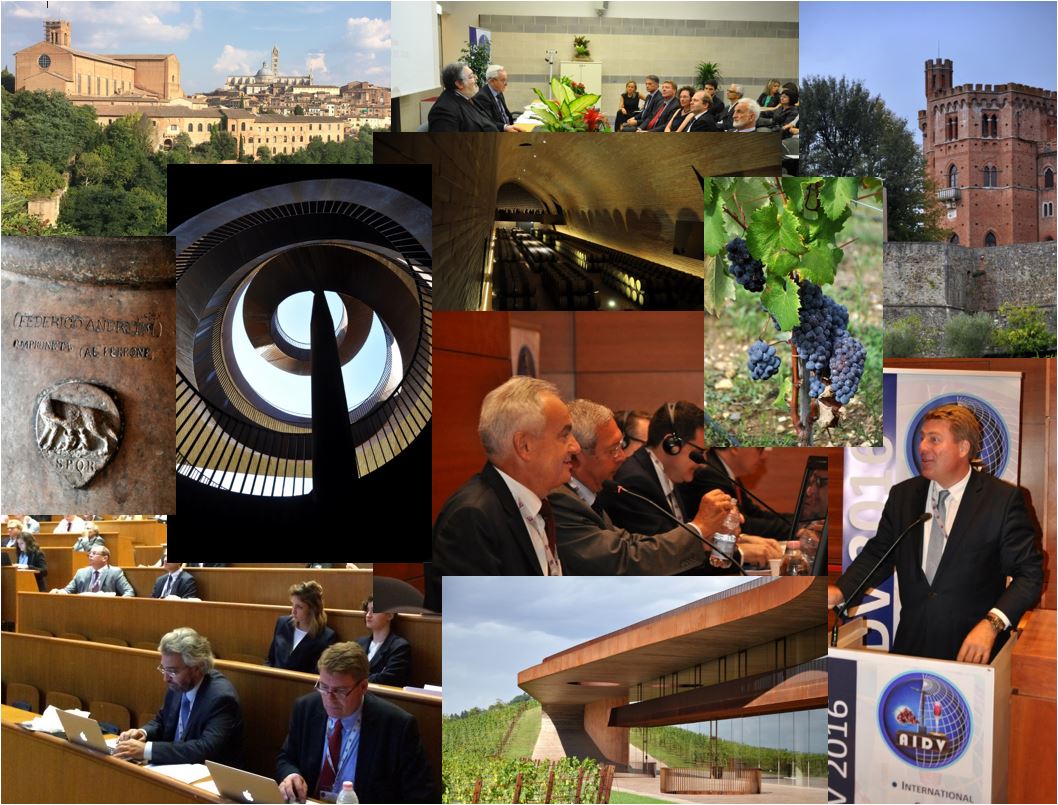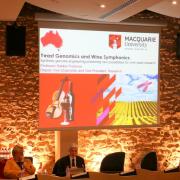
As the world’s intergovernmental organisation of scientific and technical nature of recognised competence for its works concerning vines, wine, wine-based beverages, table grapes, raisins and other vine-based products, the International Organisation of Vine and Wine (OIV) has taken a keen interest to fully understand the potential challenges and opportunities associated with the emerging science of Synthetic Biology.
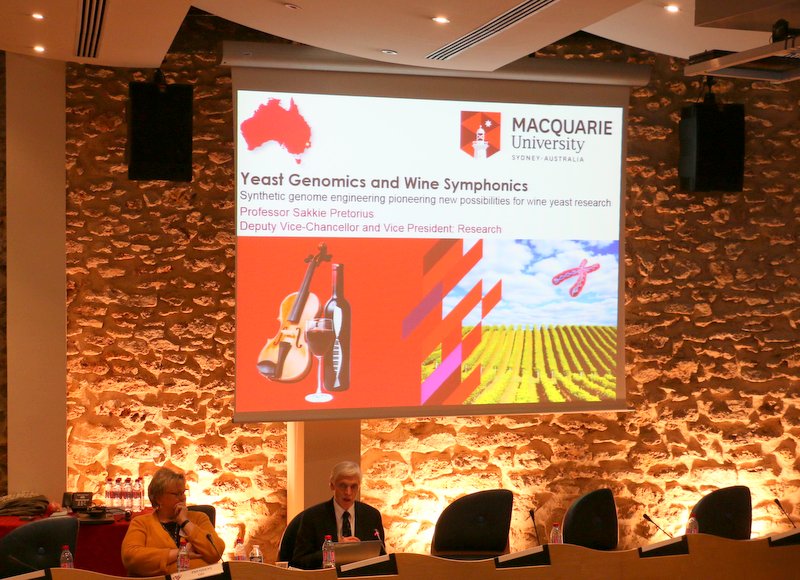
In this context, the OIV has invited Professor Sakkie Pretorius (Macquarie University, Sydney, Australia) to present a special lecture on “Synthetic genome engineering forging new frontiers for wine yeast” to a joint session of our various Commissions on the 4th of April 2016. This lecture was well-received and sparked the interest of all the attendees to proactively engage all stakeholders of the global wine industry ‒ researchers, industry practitioners, policymakers, regulators, commentators and consumers ‒ in a meaningful dialog about the potential challenges, opportunities and impacts emanating from Synthetic Biology.
To support this important conversation, Professor Pretorius undertook to write a comprehensive review article on this subject.
This paper has now been published in a peer-review journal, Critical reviews in Biotechnology (see attached). This article is an Open Access publication and can be downloaded for free as a PDF from the website:

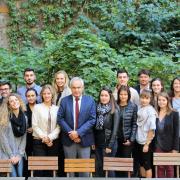
After an introduction to the OIV and its activities by the different unit heads, they were welcomed by Director General Jean-Marie Aurand, who emphasised the distinctive character of this training programme and the opportunities it offers, thanks to the network of associated universities and companies.
The specific nature of the course is designed to be mono-sectoral, multi-disciplinary, itinerant, international and experiential all at the same time; it also now has one of the most developed networks in the world of wine. Since 1987, almost 500 players and policy makers in the wine world have taken this training programme.
Before this year's class left the OIV headquarters, Jean-Marie Aurand stressed the course's international dimension, which is expressed through a curriculum that every year leads students to discover over 20 key countries on the wine planet, spread over the 5 continents.
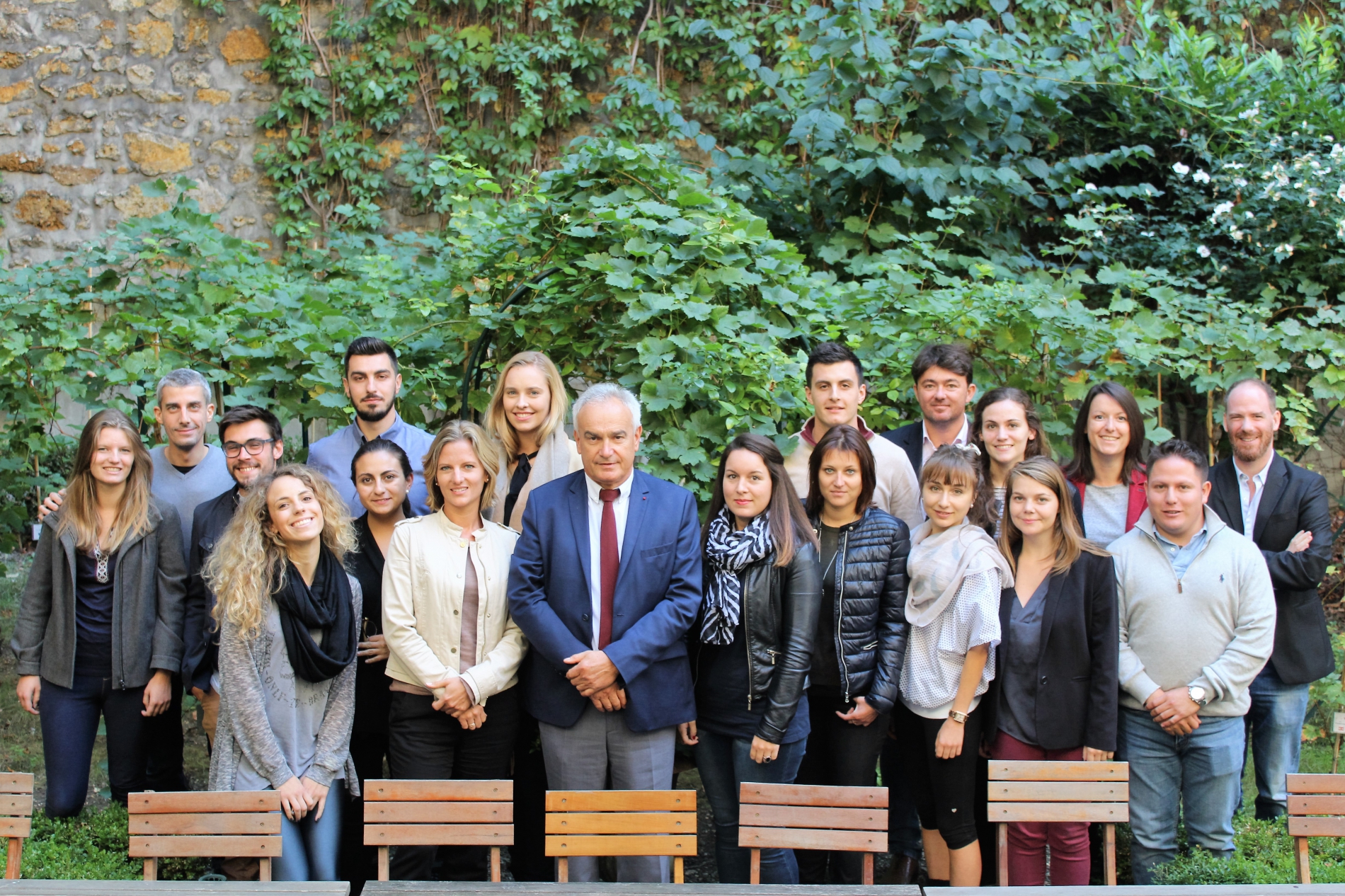

To attend this press conference, journalists are kindly asked to send an email with their name and their professional contact details to press@oiv.int.
Date: Thursday 20 October 2016
Time: 11am
Location: International Organisation of Vine and Wine, (OIV), 18 Rue d'Aguesseau, Paris 75008 - Metro station Madeleine or Concorde [see map]


On 24 September 1716, the Grand Duke of Tuscany Cosimo de' Medici issued an edict legally defining the boundaries of the Chianti region for the first time. In Tuscany, 3 centuries later, over 150 specialists in wine law from 5 continents participated in the 34th international conference of the International Wine Law Association (AIDV) on the theme of 'Legal tools for the protection of local wineries in a global market'.
From the opening of these two days of discussions and debates, the Director General of the OIV recalled the figures indicative of the globalisation of the wine world, in which over 2 bottles of wine out of 5 have crossed a border before being consumed – which equates to more than 100 million hectolitres out of 270 million hectolitres of products in the world. Jean-Marie Aurand praised the activity and network of the AIDV in 30 or so countries, which provides a major intellectual contribution to the work of the OIV through its observer status. Among the participants in the Conference, Mr Aurand expressed his appreciation to three law professors, the winners of 3 OIV Awards in 2016: Richard Mendelson, Kensuké Ebihara and Théodore Georgopoulos.
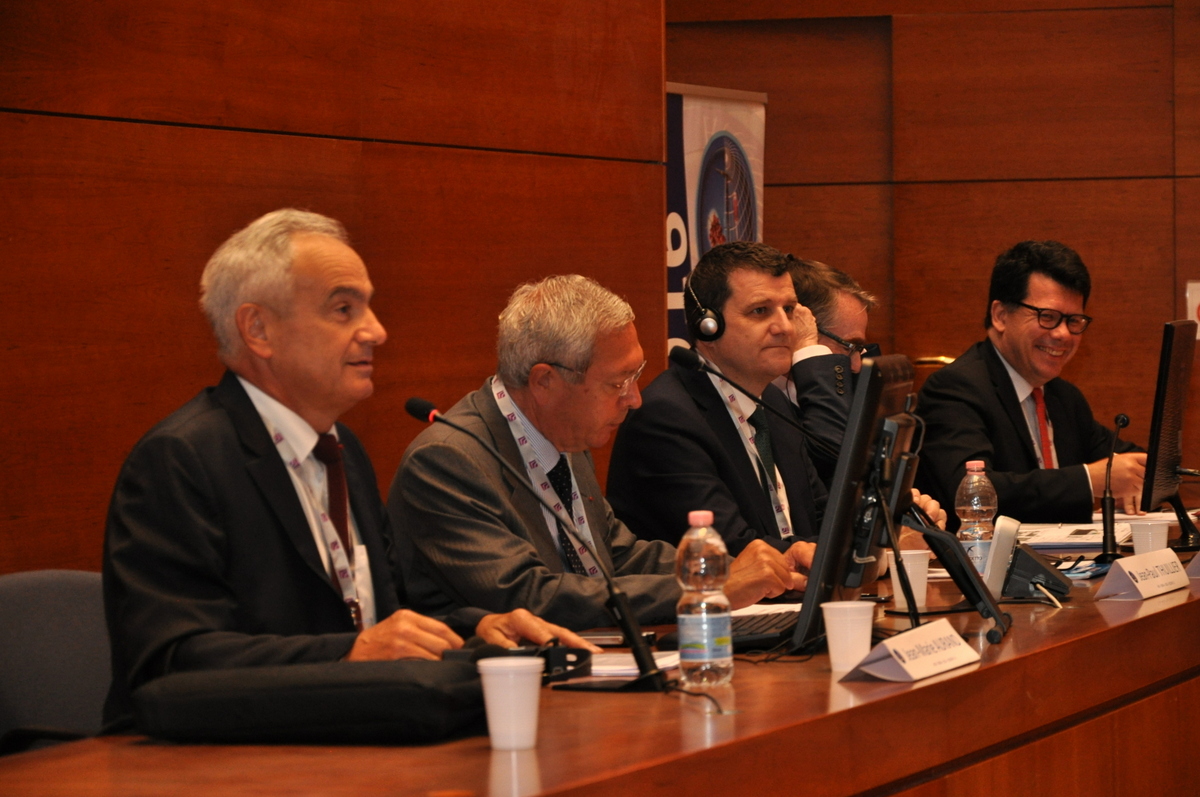
Jean-Marie Aurand – OIV Director General,
Jean-Paul Thuillier – Permanent Representative of FRANCE to the WTO,
John Barker – Lawyer- Consultant in New Zealand, Tom LaFaille – Vice President of the Californian Wine Institute, Nicolas Ozanam – General delegate for the French Federation of Exporters of Wines & Spirits.
Various sessions dealt with the 'big regional agreements' and their impact on the wine trade; restrictions on trade in the wine market; buying and selling wine businesses: unexpected barriers and hurdles; public and private dispute settlement in the wine sector; the funding, makeup and role of various producer groups; geographical indications and the 'average consumer'; or even hardly-known tools in the wine sector such as plant breeders' rights or the protection of oenological practices. During these sessions, the lawyers, magistrates, professors and professionals present repeatedly insisted on the specific characteristics linked to the territoriality of wine, which makes it possible to maintain, even develop the local approach in a globalised world.
From Vienna, Austria – where he was elected – to Siena, Italy – where he finished his term – the AIDV President and Dutch lawyer Rein-Jan Prins dynamised the AIDV, which, with almost 350 legal experts, is the largest forum for comparative studies and debates in the field of vitivinicultural law. The grand surroundings of the city of Siena and its University set the scene for very high-level debates, punctuated by the discovery of the gems of Tuscany thanks to tastings masterfully organised by the Enoteca Italiana, the Consorzio Vino Chianti Classico and the Consorzio Vernaccia di San Gimignano.
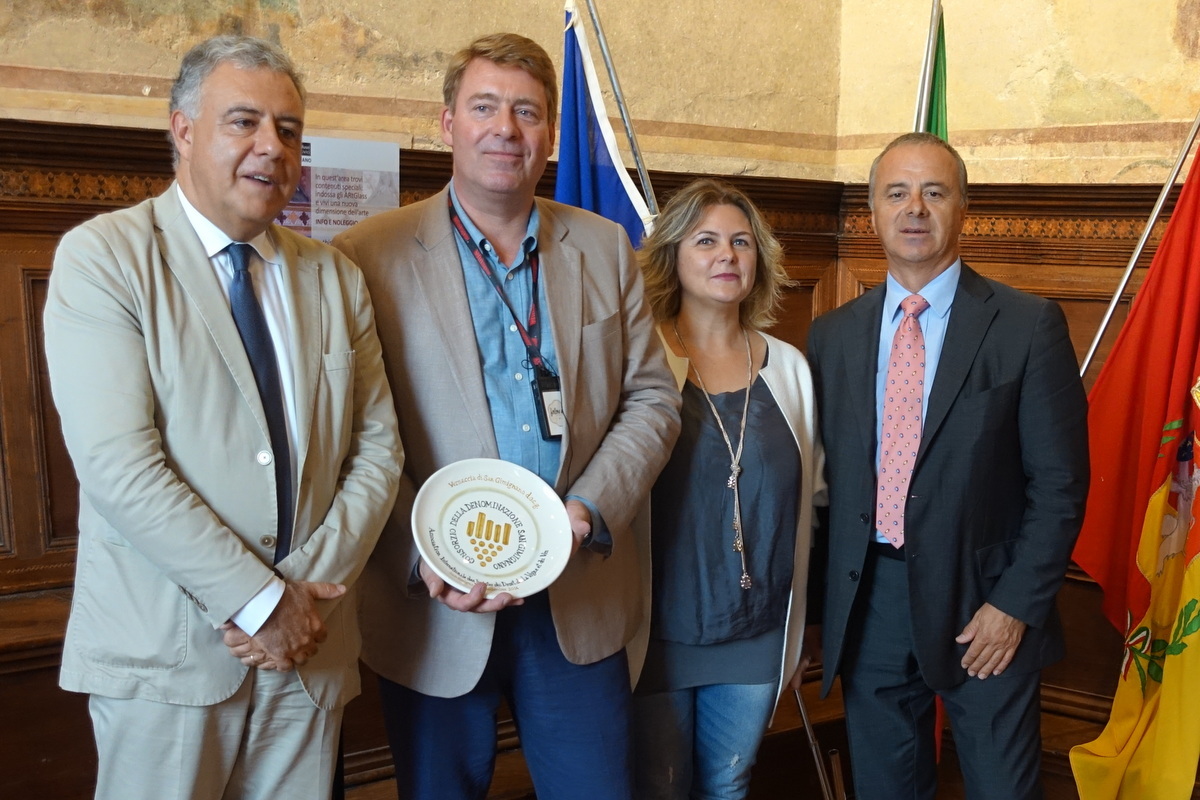
Giacomo Bassi, Mayor of San Gimignano; Rein-Jan Prins, AIDV President; Letizia Cesani, President of the Consorzio; Stefano Campatelli, Director of the Consorzio
The AIDV President stressed the importance for legal experts in wine, whether they came from a thousand-year-old wine-producing country or a newer one, to confront the reality of territories formed through the economic activity of the wine trade. From the Ricasoli family's Castello di Brolio, a multi-century cradle of Chianti, to Cantina Antinori, a masterpiece of contemporary architecture, Rein-Jan Prins saluted these three centuries, which perfectly illustrate the theme of the AIDV Conference, or how a local, geographically-limited product has been able to forge an international reputation and global market.
